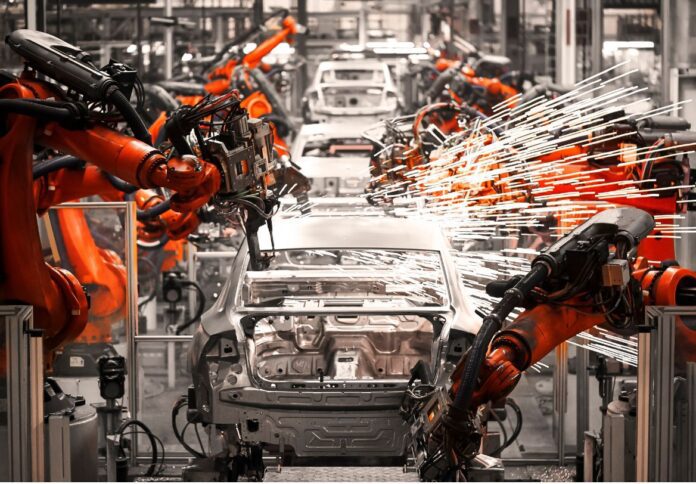
The 2024 Federal Budget is poised to become the “most manufacturing-centric budget in decades, if not generations,” according to a recent research note from the Ai Group.
Last month, Prime Minister Anthony Albanese’s announcement of the Future Made in Australia (FMIA) strategy unveiled a comprehensive program of industry policies designed to bolster local manufacturing, support emerging technologies, and facilitate the transition to renewable energy sources.
While some components of the FMIA, such as the National Reconstruction Fund (NRF), the Solar SunShot program, and the Critical Minerals Facility, have already been disclosed, the Federal Treasurer aims for additional initiatives to boost local manufacturing in the upcoming budget.
According to AI Group, this focus on manufacturing comes as a surprise to many, given the prolonged wait for the NRF to make its first investment since its announcement in the October 2022 budget.
The group said that as the industry waits for the budget announcement, it is crucial to assess the performance of Australian manufacturing in recent years.
In particular, the 2024 Australian Manufacturing Performance Report, released by Ai Group Research & Economics, provides insights into the industry’s production, employment, investment, and profit trends.
The report said that despite challenges during the pandemic, Australian manufacturing rebounded strongly in 2021 and 2022, experiencing a 2.8 per cent growth in 2023, surpassing pre-pandemic levels.
There has been a notable shift in the composition of Australian manufacturing, with declines in traditional sectors like petrochemicals and metals, and growth observed in high-value sectors like food & beverage and machinery & equipment.
Data revealed that Australian manufacturing has seen improved financial performance, with average operating margins increasing to 11.3 per cent in 2023, a significant improvement from a decade ago.
The industry also witnessed a surge in capital expenditure, with $15 billion invested in 2023, making manufacturing one of the most capital-intensive sectors in Australia.
However, this surge in growth and investment has been accompanied by acute labour shortages, with thousands of manufacturing jobs remaining vacant.
Ai Group said the data suggests that Australian manufacturing is not in decline but rather undergoing transformations, positioning it for further growth with targeted government support.
Detailed coverage of the 2024 Federal Budget, including its implications for the manufacturing sector, will be provided by Ai Group on Wednesday, 15 May.




















